October 2020
October 6, 2020
Elmina
Elmina is a West African film, released in 2010, about a Ghanaian farmer "fighting corruption and the exploitation of the community by a Chinese multinational corporation."What makes the movie odd is that the lead role of the farmer, in an otherwise all Ghanaian cast, is played by artist Doug Fishbone who's a self-described "white Jewish man from New York." Furthermore, no one in the movie ever makes note of the fact that he's white and everyone else is black.
Fishbone notes on his website: "No reference is ever made to this oddity of casting, which in a quietly radical way completely overturns conventions of race and representation in film, and offers a new perspective on globalization, neo-colonialism, Eastern influence in Africa, and the relativity of audience engagement."
Doug Fishbone: Elmina (2010) Film Trailer from Doug Fishbone on Vimeo.
Posted By: Alex - Tue Oct 06, 2020 -
Comments (3)
Category: Art, Movies
The Snow Beauty of Yakutia
Part of our series on odd beauty contests.The first (?) contest was apparently held in 2017.
Read about it here.

What appears to be the home page has lots of pix and even videos of the 2018 contest. But I cannot find reference to competitions for 2019 or 2020.
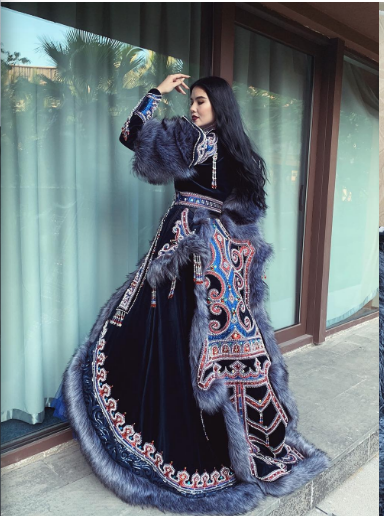
Posted By: Paul - Tue Oct 06, 2020 -
Comments (2)
Category: Awards, Prizes, Competitions and Contests, Beauty, Ugliness and Other Aesthetic Issues, Ethnic Groupings, Nature, Natural Resources, Russia
October 5, 2020
Baby, the Seeing-Eye Cat
1946: Carolyn Swanson of Hermosa Beach, California made headlines on account of Baby, her "seeing-eye cat." Somehow she had trained him to assist her as she walked around town.— The Redondo Reflex - Dec 13, 1946
More info: life



Brattleboro Reformer - Dec 17, 1946
Posted By: Alex - Mon Oct 05, 2020 -
Comments (2)
Category: Cats, 1940s, Eyes and Vision
The 1932 Helicron
Propellor-driven car.Read about it here.
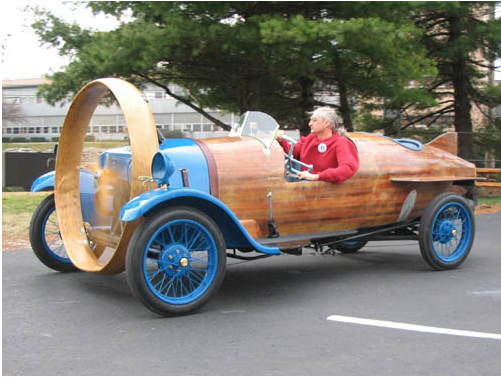
Posted By: Paul - Mon Oct 05, 2020 -
Comments (3)
Category: Inventions, Air Travel and Airlines, 1930s, Cars
October 4, 2020
Disease detection toilet using dog
Patent #10,455,817 was granted in Oct 2019 for "animal olfactory detection of disease as control for health metrics collected by medical toilet."In plainer language, it's a toilet that has a small door built into the side of it (the "scent dispenser"), allowing a dog to smell your poop (or other bodily fluids) in order to detect the presence of disease. From the patent:
An animal may be trained to sniff the scent dispenser in response to a command or signal. The user may give the animal the command or signal when the user desires the animal to assess the presence of disease in the user.
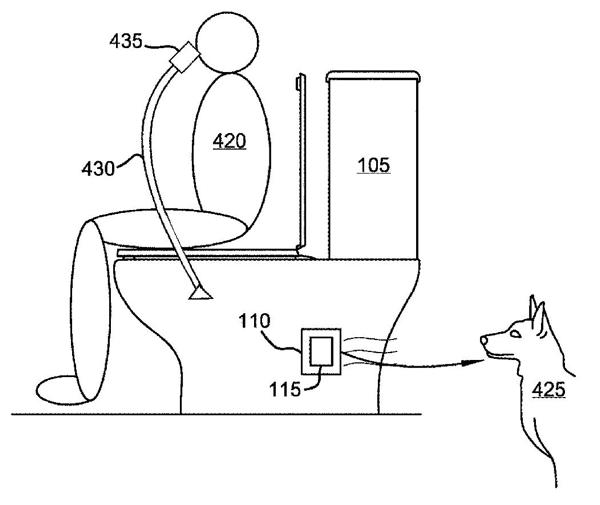
Posted By: Alex - Sun Oct 04, 2020 -
Comments (2)
Category: Bathrooms, Inventions, Patents, Dogs
The Gordon Sisters Boxing
Posted By: Paul - Sun Oct 04, 2020 -
Comments (1)
Category: Martial Arts, 1900s, Women
October 3, 2020
Dickens 44 Bascom, Glue Artist
Dickens 44 Bascom is a "glue artist" or "gluer" who rose to prominence in the 1960s. One of his most famous pieces was a 1961 Ford Falcon to which he glued just about everything you could imagine: a typewriter, toilet seat, toys, Donald Duck, and other "relics of our civilization". It was one of the first cars ever decorated in this fashion (perhaps the first). He used to earn money by parking it on a busy street and collecting donations from passersby.Later he hatched a dream of building an entire castle from glued-together stuff. But, as far as I know, his castle project never came to fruition.
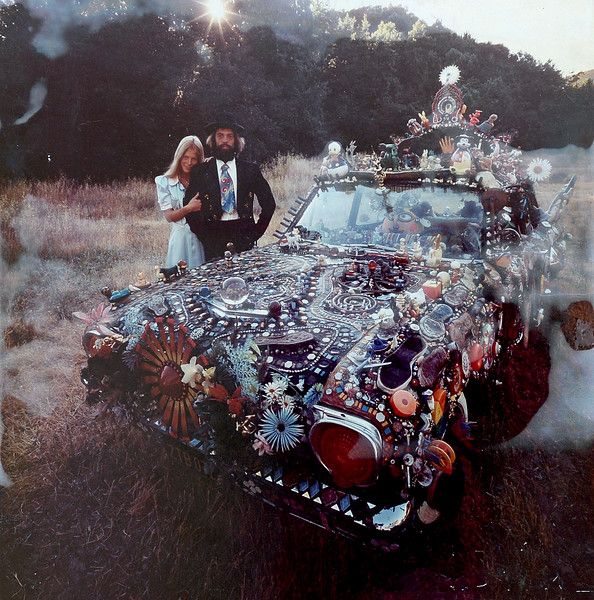
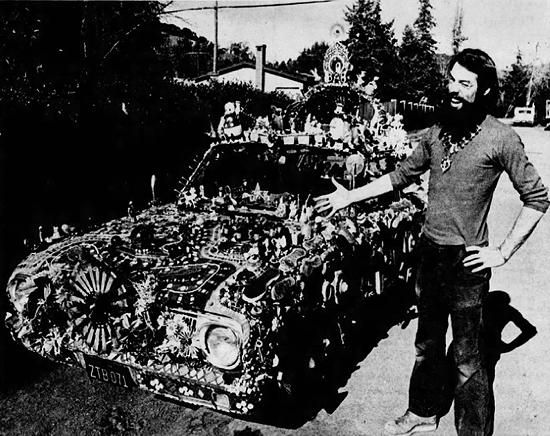
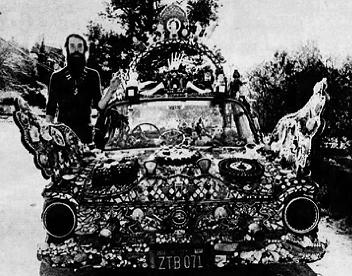
Pittsburgh Press - Mar 3, 1974
According to the Marin Independent Journal, Bascomb left the US in 1981 and lived abroad for almost four decades, in a kind of self-imposed exile, before returning a few years ago. As of 2018, he was living in a motel in San Rafael.
His middle name, "44", was given to him by his father because he was born 44 minutes after 4 am on the 44th day of 1944. (I'm sensing a recurring theme of artists with numbers for middle names, since we recently posted about Nancy 3. Hoffman who operates the Umbrella Cover Museum in Maine).
More info: Dickens44.com
Posted By: Alex - Sat Oct 03, 2020 -
Comments (2)
Category: Art, Outsider Art, Cars
Henry the Home Run Chicken
No explanation available.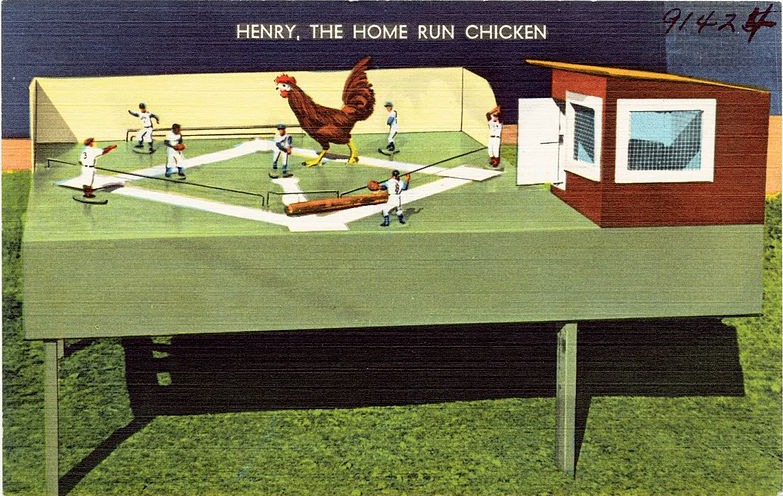
Posted By: Paul - Sat Oct 03, 2020 -
Comments (6)
Category: Animals, Sports, Tourists and Tourism, Natural Wonders, Twentieth Century
October 2, 2020
The Rule of 87
This "Rule of 87" may have been true in the mid-twentieth century, but I'm guessing that the rise of fertility drugs played havoc with it.
I'll also note that the Minnesota Twins won the 1987 World Series. Coincidence?
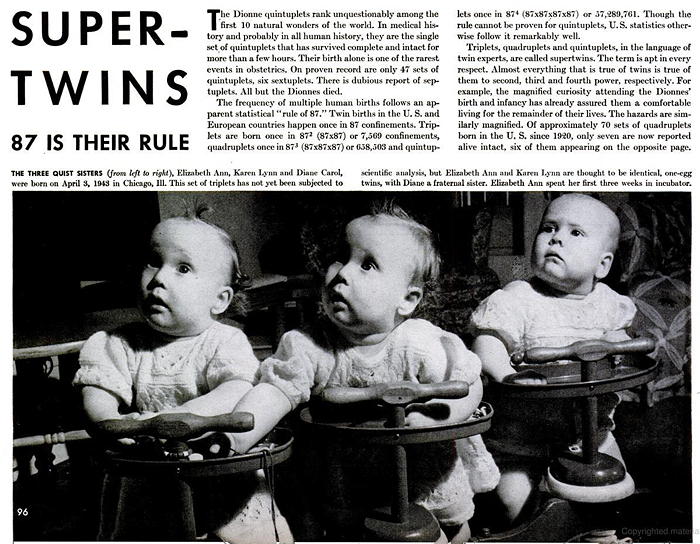
Posted By: Alex - Fri Oct 02, 2020 -
Comments (3)
Category: Babies, Science
The Lewis Sisters, “He’s An Oddball”
Our theme song here.
Posted By: Paul - Fri Oct 02, 2020 -
Comments (2)
Category: Antisocial Activities, Eccentrics, Music, 1960s
| Get WU Posts by Email | |
|---|---|

| Who We Are |
|---|
| Alex Boese Alex is the creator and curator of the Museum of Hoaxes. He's also the author of various weird, non-fiction books such as Elephants on Acid. Paul Di Filippo Paul has been paid to put weird ideas into fictional form for over thirty years, in his career as a noted science fiction writer. He has recently begun blogging on many curious topics with three fellow writers at The Inferior 4+1. Chuck Shepherd Chuck is the purveyor of News of the Weird, the syndicated column which for decades has set the gold-standard for reporting on oddities and the bizarre. Our banner was drawn by the legendary underground cartoonist Rick Altergott. Contact Us |

